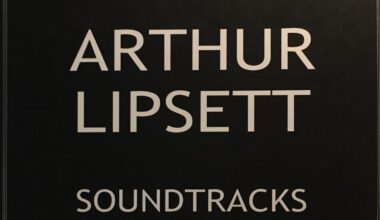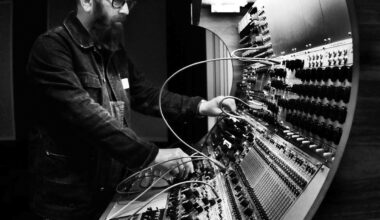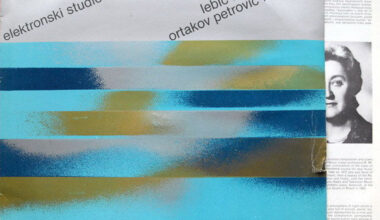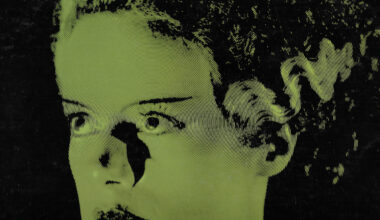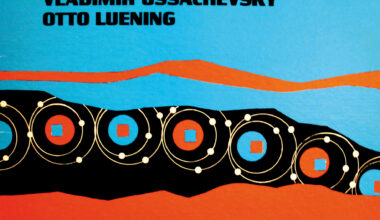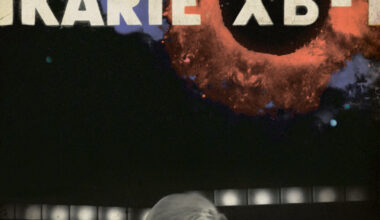Our resident archivist pulls out a couple of EMS records from his collection and ponders the pioneering work of Tristram Cary
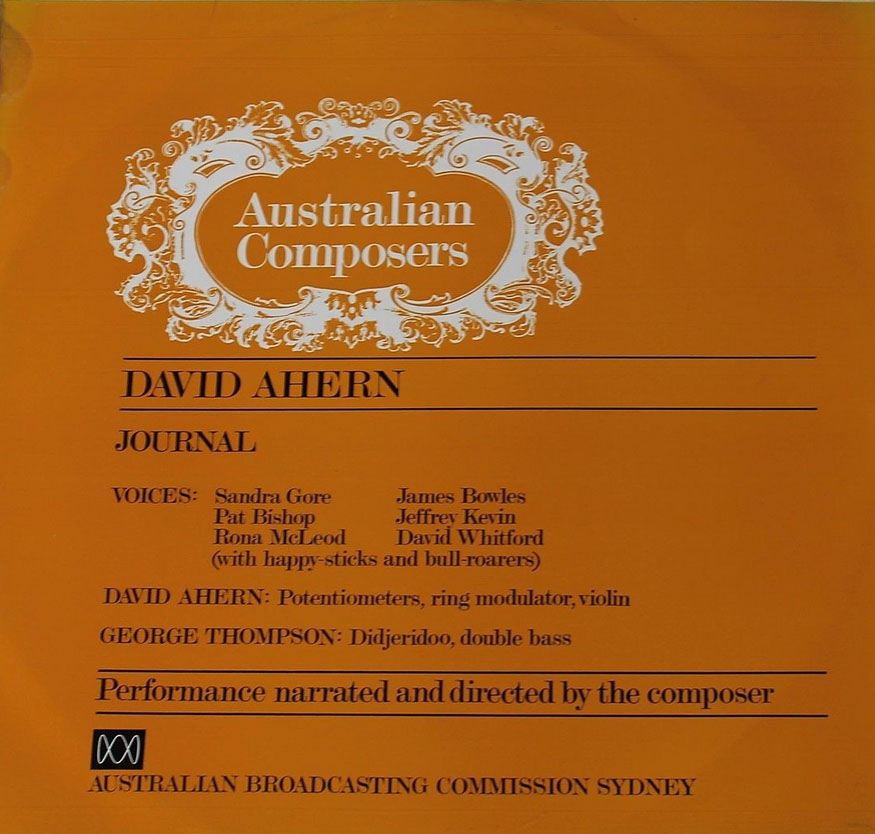
EMS put out quite a few records and they’re all really interesting. I’ve already spoken a bit about some of their demonstration discs and how they were intended to show off the synthesisers they were building in one way or another [check out Electronic Sound issue 5].
The EMS records are all quite rare, as you’d expect from a company whose synths are now virtually museum pieces. They did a flexi-disc which was given away with the brochures for the Synthi A in 1972 with a couple of tracks by Delia Derbyshire on it, ‘Dance From Noah’ and an ident for BBC Radio Solent, and others by Peter Zinovieff, including ‘January Tensions’ and ‘Lollipop For Papa’. The latter starts as a melodic classical piece, quite baroque, and gradually detunes to become very abstract and sinister.
This flexi also included tracks by Tristram Cary, a composer who wrote scores for films and television. His first big film was ‘The Ladykillers’ in 1955, which starred Alec Guinness and Peter Sellers. Not all of Cary’s scores were electronic, but he did a lot of important work with electronic music and is well known for his contributions to ‘Doctor Who’ in the mid-1960s, when he wrote the music for nearly 30 episodes. He built the first electronic studio at the Royal College Of Music in 1967 and founded EMS with Peter Zinovieff and David Cockerell two years later. Cockerell designed the ring modulator for the voice of the Daleks in ‘Doctor Who’.
One of the more important EMS releases was a Tristram Cary double album called ‘Trios’. The full title is ‘Trios For Synthi VCS3 Synthesiser And Turntables’. Cary used a transcription cutting machine to make 12-inch records of parts of his electronic music and then incorporated them into a performance featuring a VCS3 and two turntables. Tracks were selected at random by the roll of a dice, with an operator placing the needle on the chosen cut. At the same time, the synthesiser player followed a score, which like a lot of electronic music scores was pretty wild, with instructions and diagrams and shapes rather than notation. The sound patches were written out so the player knew where all the knobs should be placed and where to put the pins on the patch bay.
The performance was first recorded in 1971, with Cary playing the VCS3 and his two sons on the turntables. The idea was that the piece would be different each time. So Cary, who died in 2008, not only helped to pioneer electronic music, he also inadvertently invented the art of DJing by presenting the concept of using turntables as musical instruments.
